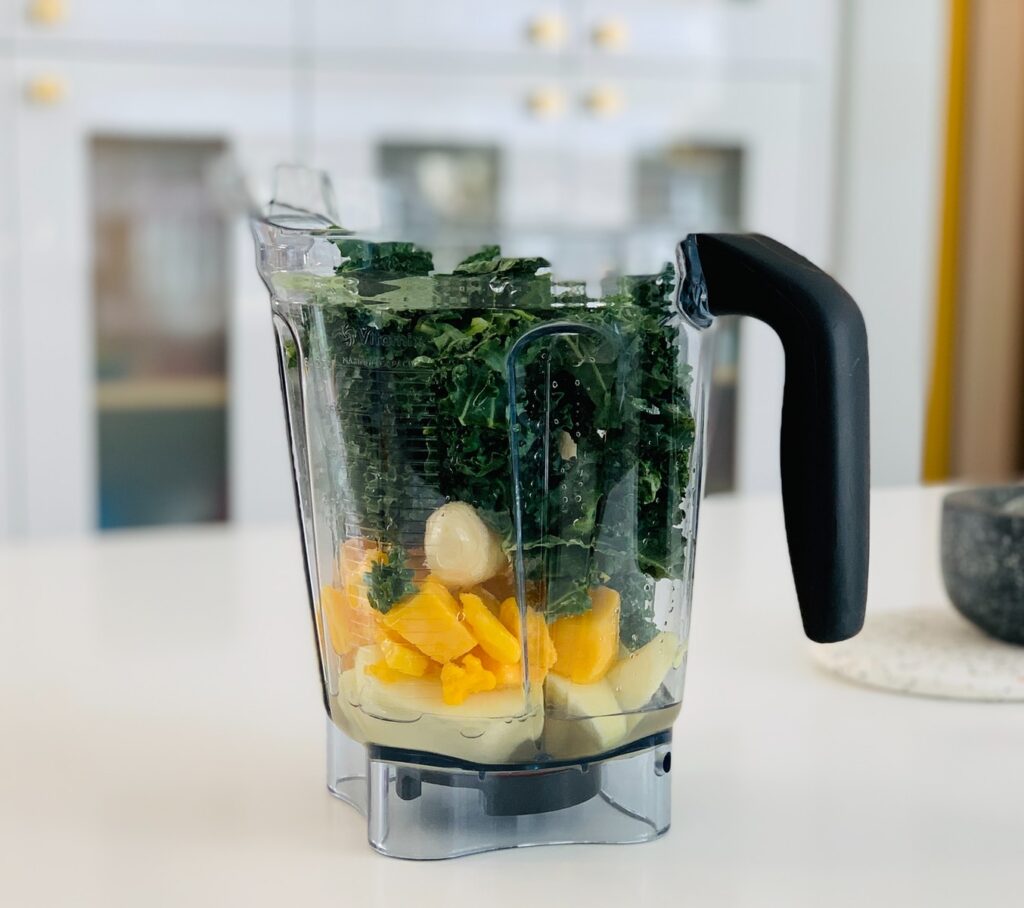A blender is a must-have piece of kitchen equipment for practically all families nowadays, especially those who enjoy raw foods and homemade smoothies. It’s capable of chopping, liquefying, and mincing various fruits and vegetables.

That is why understanding blender troubleshooting is critical since this device might fail at any time. Issues with the blades, brushes, the motor, or other parts usually cause the appliance’s failure to operate.
Five Most Common Reasons the Blender Stops Working
Let’s explore the different aspects of blender malfunction and how to fix them.
1. Power Connection
If your blender suddenly stops working without any prior malfunction signs, it’s worth a try to see if it’s appropriately plugged. You might get surprised that you know the plug is loose, hence the reason why it’s not blending.
Try to connect the appliance elsewhere if you suspect that the outlet you’re using could have issues. Inspect the cord carefully to see any signs of damage. Food spills on the power cord can attract household pests, which can cause frayed wires.
If its integrity is compromised, the malfunctioning blender should be the least of your concerns. Your safety is jeopardized as exposed wires can electrocute you once you touch it.
2. Motor Failure
If you utilize your blender correctly, the motor should last a long time. However, it could become unserviceable in a matter of weeks or months.
Unless you’re not following the recommendations on the manual, manufacturing defect is usually the culprit. In most cases, there should be a distinct electrical or burning smell when the motor becomes impaired.
If it’s the cause of the appliance not working, you may use a multimeter to examine the motor. Turn it on and monitor the meter reading after attaching its probes to the blender’s plug prongs. If the meter displays a continuous reading, you can assume that the motor is broken.
You shouldn’t figure out how to repair the motor yourself unless you have the skills and expertise. Tampering with it is not recommended because the warranty will become void.
3. Faulty Fuse
Several food processors have in-line fuses. This component protects the appliance, particularly the motor, from overloading. If your blender has a faulty or blown fuse, you cannot use it because it won’t start. In most cases, the fuse is inside the bottom base.
Unlike the other causes, replacing the fuse should be easy for any DIYer. Check the instruction manual of your blender to learn how to open it and where the fuse is.
See if you have a voltmeter or borrow one from your neighbor or friend to do a reading. If the reading is high, replacing the fuse is the recommended course of action. It’s better to bring the fuse to the DIY store to ensure that the one you’re buying is the same size.
4. Broken Base
The base is sometimes referred to as a container base. If the blender’s base is broken in any manner, it will cause the equipment not to work. You may check the handbook with the item to learn about its components.
If the faulty base triggers a magnetic safety switch to start, the appliance won’t function normally. You may rest easy if the base is the only issue as this component is affordable and is generally replaceable by the manufacturer.
5. Blade Assembly
Dull blades are possible when you consistently cut hard ingredients such as ice and walnut. Remember that despite its cutting power, the blender’s blades have limitations.
If you always forget or skip cleaning, the food residue buildup can clog the blades and severely affect their ability to turn. It will put unnecessary strain on the motor to hamper or stop the blender from working.
Also, liquid and food bits leaking on the blade assembly might cause the bearings to seize. When this happens, the motor has to operate harder than normal, which causes overheating. You can check your blender’s manual to see how to replace the blades properly.
Deciding on Repair or Replacement of Blender
Whatever the cause of your blender’s failure, always assess the costs and advantages of fixing or replacing it. For high-end, expensive models, it may be worth a minor investment in parts and time to have it repaired.
On the other hand, replacing a damaged blender with a new one is a good choice if you feel that the hassle, time, and money needed for repairing are too much. It also depends on the extent of the damage.
If the issue is about power connectivity and fuse, repairing the blender is the most cost-effective solution. You might also want to consider the opinion of a repairer if you’re not sure whether you invest in fixing or replacing.
Having a Functional Blender Every Time
A food blender is a significant kitchen appliance that makes food preparation easier. Whether you’re checking the components for damage or repairing it, always practice safety as the blades and electricity are nothing to scoff at.